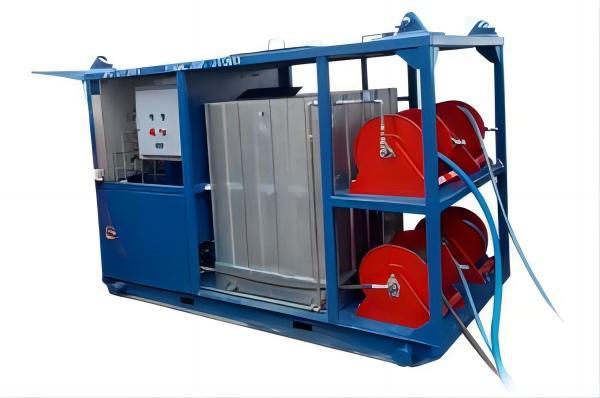Wellhead pressure test skids are essential tools in the oil and gas industry, designed to ensure the integrity and safety of wellhead systems. They play a crucial role in verifying the performance and pressure resistance of wellheads, valves, and associated equipment. To maintain the accuracy and reliability of these skids, routine maintenance and calibration are imperative. In this article, we will delve into the importance of maintaining and calibrating wellhead pressure test skids to ensure their effectiveness in the field.
The Significance of Maintenance and Calibration
Wellhead pressure test skids are relied upon to measure and verify pressure readings during drilling and production operations. Accurate measurements are crucial for ensuring well integrity and safety. When these instruments are not properly maintained and calibrated, there is a risk of inaccurate readings, which can lead to costly errors, safety hazards, and environmental consequences. Therefore, the maintenance and calibration of pressure test skids are critical to the success of oil and gas operations.
Maintenance of Wellhead Pressure Test Skids
1. Regular Inspection: Routine visual inspections are the first step in wellhead pressure test skid maintenance. Operators should check for signs of wear and tear, corrosion, or damage to components, such as pressure gauges, valves, and hoses.
2. Cleaning and Lubrication: Cleanliness is essential for maintaining the skid's components. Proper cleaning and lubrication of moving parts, such as valves and connectors, help prevent contamination and ensure smooth operation.
3. Seal and Gasket Inspection: Ensuring the integrity of seals and gaskets is critical. Damaged or deteriorated seals can compromise the accuracy of pressure tests, leading to false results and potential safety hazards.
4. Pressure Relief Valve Testing: The pressure relief valves on a wellhead pressure test skid must be regularly tested and calibrated to ensure they perform as expected in the event of overpressure.
Calibration of Wellhead Pressure Test Skids
Calibration is the process of comparing the measurements of a pressure test skid to a known standard to verify its accuracy. Here's how it's done:
1. Select a Reference Standard: Choose a reference standard with a known and traceable accuracy. This can be a certified pressure gauge or a master calibration device.
2. Perform Adjustments: If the pressure test skid readings differ from the reference standard, adjustments may be necessary. This can involve fine-tuning or recalibrating the instrument to ensure accurate readings.
3. Document Calibration: Keep a record of all calibration procedures, including the date, results, and any adjustments made. This documentation is essential for quality control and audit purposes.

Benefits of Maintenance and Calibration
1. Accuracy and Reliability: Properly maintained and calibrated pressure test skids provide accurate and reliable measurements, reducing the risk of errors in wellhead operations.
2. Safety: Accurate measurements are crucial for detecting pressure anomalies and ensuring the safety of personnel and equipment.
3. Cost Savings: Preventing errors and downtime through regular maintenance and calibration can lead to significant cost savings in the long run.
4. Compliance: Many industry regulations and standards require the use of calibrated equipment. Maintaining calibration ensures compliance with these requirements.
Conclusion
Maintenance and calibration are essential to the proper functioning of wellhead pressure test skids. By conducting routine inspections, following established calibration procedures, and prioritizing safety, operators can ensure the accuracy and reliability of these critical tools. This not only safeguards the integrity of wellhead equipment but also enhances safety in the oil and gas industry, preventing accidents and preserving the environment.

